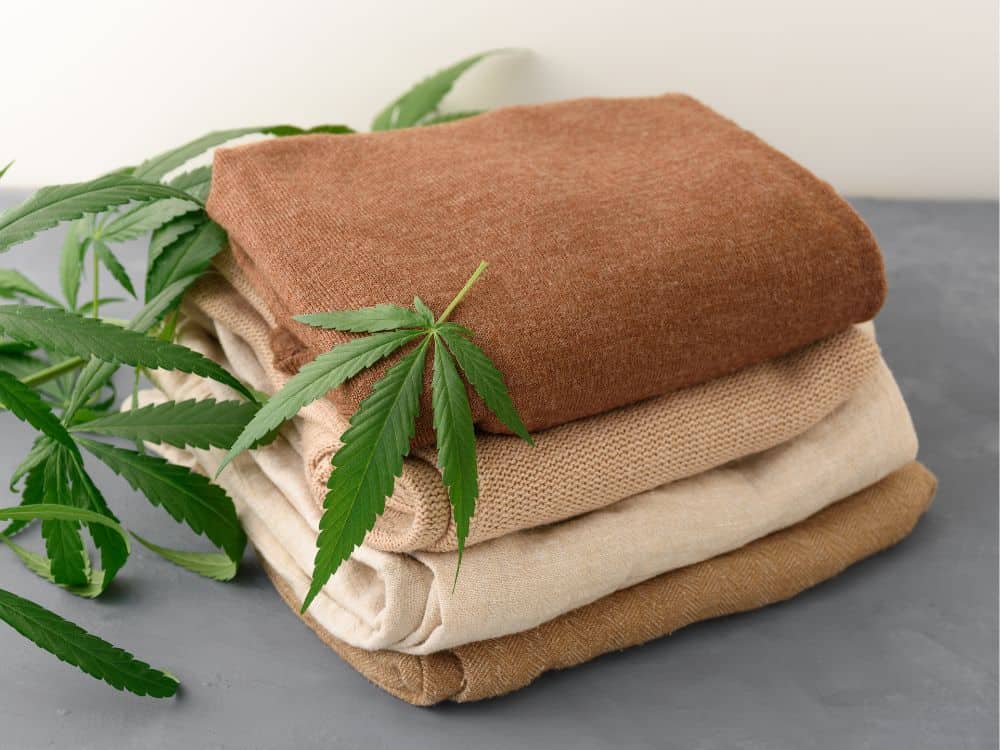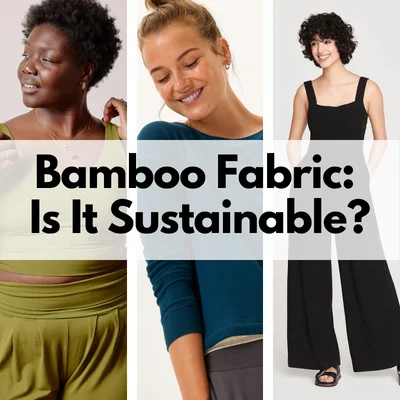New Tips On Deciding On Bamboo Clothing
Wiki Article
How Do Hemp Compare To Cotton In Terms Water Usage, Pesticides/Herbicides Used?
Hemp is considered a sustainable crop if you compare it to cotton in terms of water usage, pesticides, and herbicides for several reasons- Water Usage-
Hemp Hemp requires relatively less water than other crops including cotton. It is a drought tolerant plant and can thrive with very little water. Hemp is often grown using rainwater in several areas. It's a great water-efficient plant.
Cottonis a commodity that is known for its high water consumption. The cotton farming process is usually irrigated extensively, which can reduce the water resources of the local area and cause water shortages. Cotton farming's water-intensive nature has led to concerns regarding its viability.
Pesticides, Herbicides
Hemp- Hemp is naturally resistant to disease and pests, which means that it is less requirement for synthetic herbicides and pesticides. Certain hemp crops may require pest control measures. However, the total use of chemical inputs in many crops is lower like cotton. The hemp plant can be grown virtually pesticide free.
Cotton - The traditional cotton farming industry is heavily dependent on synthetic herbicides and insecticides in order to control pests. The use of these chemicals could have adverse effects on the environment, including contamination of water and soils. They may also harm non-targeted species and lead to pesticide-resistant insects.
In the end hemp is more sustainable than cotton in terms of pesticides, herbicides, water use and irrigation.
Hemp can be grown using minimal water, rainwater or irrigation.
Hemp is resistant to a variety of species of fungi, pests and diseases. This helps reduce the use of pesticides made from synthetic chemicals.
Hemp farming employs fewer synthetic pesticides and herbicides and fertilizers than cotton.
Nevertheless, it is important to know that eco-friendly and sustainable methods may differ among farmers and across various regions. Organic farming practices is also a major factor in the long-term sustainability of hemp as as cotton, by reducing synthetic chemicals used and improving soil health. Regarding the impact on the environment of clothes and textiles, choosing sustainable and organic fibers will lessen the ecological footprint. See the most popular hemp clothing hints for more examples including hemp button shirt, hemp long sleeve shirt, hemp clothing for men, patagonia work pants hemp, patagonia hemp island pants, nomad hemp clothing, hemp golf shirts, hemp yoga clothes, hemp fabric by the yard, hemp tank top and more.

What Are The Advantages Of Hemp Fibers With Regard To Carbon Sequestration?
Hemp fibers are a great source of the sequestration of carbon, sustainability and crops rotation in many ways, making them an environmentally green choice for production of textiles and agriculture Carbon Sequestration-
Hemp is a very quick-growing plant that is extremely fast-growing. It is able to mature in as little as 70 to 120 days, according to the variety of the plant and the environment. During its rapid growth phase hemp plants are able to absorb carbon dioxide (CO2) from the atmosphere as part of photosynthesis. This carbon uptake can significantly contribute to carbon sequestration, reducing CO2 levels in the atmosphere.
Biomass Production Hemp is renowned for its prolific production of biomass. The thick foliage of the plant and its tall stalks create an impressive amount organic matter. When this biomass is incorporated in the soil or utilized in various ways and uses, it could help in the building up of organic carbon in soil, further securing carbon.
Sustainability:
Hemp farming uses less synthetic pesticides. It also requires fewer herbicides. Hemp's natural defense against numerous pests & diseases reduces chemical treatments. Particularly organic hemp farming, it emphasizes sustainability, as it avoids synthetic chemicals.
Hemp can be watered with little water, unlike water-intensive plants like conventional cotton. This makes it more viable in areas in which water is scarce.
Hemp roots are long and may assist in improving the soil's quality. The hemp's roots help to reduce soil erosion by stabilizing the structure of soil and reduce runoff. Hemp cultivation can also enhance microbial activity in the soil, promoting nutrient cycling and soil fertility overall.
Hemp can be used in crop rotation. Crop rotation means alternating crops in a field for a period of the course of. It can aid in breaking cycle of illness and pests and reduce soil depletion, and improve soil structures. Hemp's role in rotational farming helps to sustain agricultural practices.
Crop Rotation
Hemp can be incorporated into the rotation of crops along with other crops such as legumes, grains or even vegetables. This variety will help farmers maintain soil health, reduce the risk of crop-specific pests and diseases, as well as promote balanced nutrient cycling.
Hemp roots penetrate the soil and aerate it, which helps reduce compaction and enhances water infiltration. Improved soil structure is beneficial to the crops following hemp.
In summary, hemp fibres enhance the storage of carbon, sustainability, and crop rotation practices due to their rapid expansion and production of biomass. Additionally, they require minimal chemical inputs, make good use of water and are compatible with crop rotation systems. The hemp fibers produced by this environmentally sustainable and regenerative farming technique are a great choice for textiles. See the top rated hemp clothing for site examples including hemp apparel, hemp sweatshirt, american made hemp clothing, hemp underwear, patagonia hemp jacket, hemp hoodie, wholesale hemp fabric, organic hemp underwear, hemp button shirt, hemp bathing suit and more.

Bamboo Clothing Is Sustainable And Comfortable.
Bamboo clothing is an excellent choice for comfort and the environmental.
The softness of bamboo fabric is well recognized for its extraordinary suppleness. It's silky and soft to touch, making it a comfortable skin. Bamboo clothing is luxuriously soft and popular for loungewear, activewear intimate clothing, and different kinds of clothes.
Breathability Bamboo fibers naturally breathable and moisture wicking. Micro-gaps facilitate air circulation, which keeps you cool in hot weather. The moisture-wicking properties help to draw sweat away from the skin and decrease the feeling of dampness.
Bamboo clothing exhibits excellent thermoregulation characteristics. It can help keep you warm during cooler temperatures by trapping heat closer to the body. In hot weather, it can keep you cool by allowing excess heat and moisture to escape. Bamboo clothing can adapt to different temperature can make bamboo clothing suitable to wear throughout the year.
Hypoallergenic bamboo fabric is hypoallergenic, and gentle for sensitive skin. It will not trigger irritation or allergic reactions, making it a comfortable choice for people who suffer from skin sensitivities or allergies.
Bamboo fibers contain natural antimicrobial substances that aid in preventing the spread and growth of bacteria that cause odor. This is a factor that helps bamboo clothing staying fresh even when it is worn in the midst of physical exercise.
Environment-
Sustainability- bamboo is a resource that is highly renewable and ecologically sustainable. Bamboo is one of the fastest-growing plants in the entire world. It grows with minimal water and doesn't require any pesticides. Bamboo can be harvested and not kill the plant as it regenerates through its root system.
Bamboo is water efficient due to nature. It is able to thrive with very little irrigation and can often be grown by rainwater alone. This helps reduce the environmental impact that comes from the use of water for agriculture.
Biodegradability. Bamboo clothing will naturally decompose over time if it is disposed. This feature helps to reduce the quantity of non-biodegradable clothing garbage that is disposed of in landfills.
Carbon Sequestration. Bamboo plants are able to sequester carbon dioxide out of the air as they grow rapidly. Bamboo cultivation acts as a sink for carbon dioxide and reduces the amount of greenhouse gases, and also aiding in reducing the effects of climate changes.
Chemical Reduction. The production of bamboo fabric typically requires lesser chemical treatment and processing than other types of textiles. As a result, the textile industry has lower environmental impact.
Closed-Loop Production- Some bamboo fabric production processes utilize closed-loop systems, which reuse and recycle water and chemicals, minimizing pollution and waste.
The impact on the environment of bamboo clothing is in relation to the method by which they are made and if the bamboo is harvested from forests that are sustainable and sustainably managed. Bamboo clothing produced according to environmentally friendly practices will give the greatest environmental benefit. Check out the recommended bamboo clothes for website tips including yala pajamas, bamboo fabric clothing, freefly hoodie, bamboo hawaiian shirts, rayon from bamboo fabric, onno bamboo shirts, bamboo yoga trousers, bamboo t shirts womens, bamboo yoga trousers, bamboo baby clothes and more.
